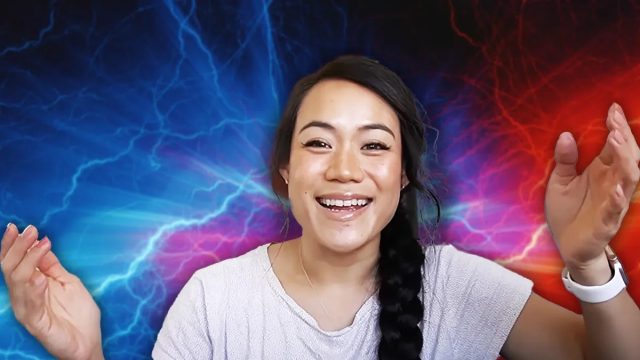Doctor Reveals 7 Real Signs Your Body Is Actually Burning Fat

Trying to figure out if your diet is actually working? You're not alone. While the scale might show lower numbers, that doesn't always mean you're losing fat. Dr. Jenny Le, a Family Medicine Physician and fitness enthusiast with over 110,000 YouTube subscribers, has helped countless patients identify true fat loss. Through her medical practice and personal experience as a doctor mom, she reveals the real signs your body is burning fat, not just losing water weight or precious muscle.
Your Body Composition Is Changing Despite the Scale
The first sign of real fat loss isn't just about numbers on the scale. "You are going to lose weight, but you don't want to look skinny fat," Dr. Le explains to her patients. When you're losing fat while maintaining muscle, your body becomes more toned and firm, even if the scale doesn't show dramatic changes. This is what we want – a transformation in body composition, not just weight loss.
You're Maintaining Strength in Your Workouts
One clear sign of successful fat loss is maintaining your strength during workouts. "Just because your calories decrease does not mean that your intensity at the gym should also decrease," Dr. Le emphasizes. When you can maintain your training intensity while eating less, it's a strong indicator that your body is preserving muscle and primarily burning fat for fuel.
Your Hunger Isn't Out of Control
Sustainable fat loss comes with manageable hunger levels. "When people have a larger higher protein breakfast, they tend to feel more full and choose to eat less throughout the day," Dr. Le shares from her clinical experience. If you're not experiencing extreme hunger or binge eating episodes, it's a good sign your body is adapting to fat burning.
RELATED: Trainer Reveals 5 Changes That Make Weight Loss Progress 10x Faster
Your Energy Levels Are Stable
Proper fat loss shouldn't leave you exhausted. In fact, when you're burning fat effectively, your energy levels remain relatively stable. "If you're really tired, if you can't sleep, if you're really anxious, if you are angry all the time, there's lots of different signs that your body is telling you, 'Hey, I'm over this,'" Dr. Le warns. Stable energy is a positive sign of healthy fat loss.
You're Hitting Your Protein Goals
A key indicator of effective fat loss is consistently meeting your protein targets. "Anywhere from 0.8 to one grams per pound of lean body mass is a good starting point," Dr. Le recommends. When you're hitting these numbers while in a calorie deficit, you're supporting muscle preservation and healthy fat loss.
Your Clothes Fit Differently
While a scale measures overall weight, changes in how your clothes fit can reveal fat loss. "You can gain weight very, very, very slowly," Dr. Le explains when discussing body recomposition. Your clothes might feel looser in some areas while fitting better overall, indicating you're losing fat while maintaining or even gaining muscle.
RELATED: Coach Lost 10 Pounds in 2 Months Eating 10 "Practically" Zero-Calorie Foods
Your Metabolism Is Adapting, Not Crashing
Perhaps the most important sign of healthy fat loss is a stable metabolism. "Don't worry, your body adapts. Just as your metabolism adapts going down, your metabolism will adapt going up as well," Dr. Le reassures her patients. When you can gradually increase your calories without immediate weight gain, it's a sign your body has maintained its metabolic health during fat loss.
The key to lasting fat loss isn't just about eating less – it's about eating right and maintaining your body's metabolic machinery. "If you're mainly eating whole foods high in protein, I guarantee you you're not going to gain back all the weight that you've lost," Dr. Le tells her patients. By watching for these seven signs, you can be confident you're losing fat while protecting your hard-earned muscle and metabolic health.
Remember, true fat loss is a gradual process that leaves you feeling stronger, not depleted. Continue resistance training, maintain your protein intake, and pay attention to these signs. Your body will tell you when you're on the right track. And if you enjoyed this article, take advantage of these 15 Quick Ways to Lose Body Fat Percentage in a Week.




